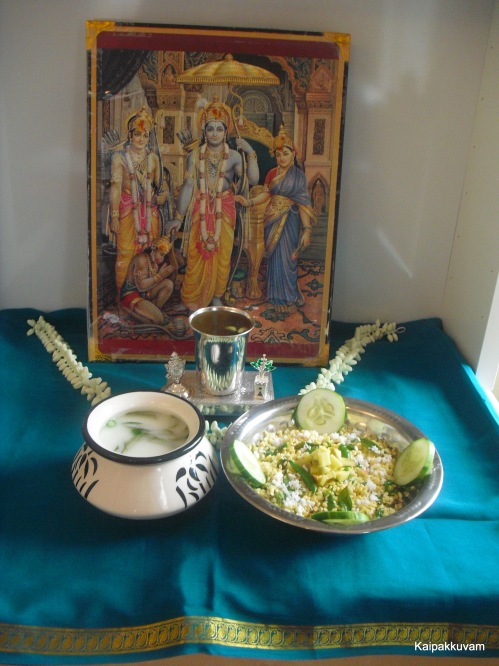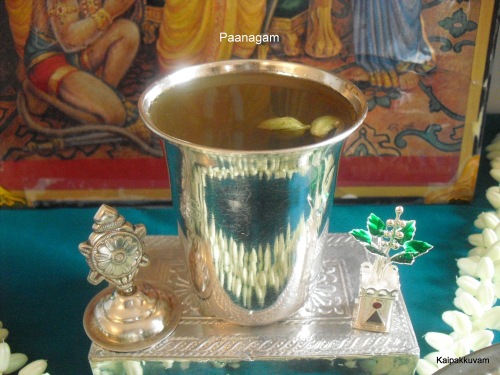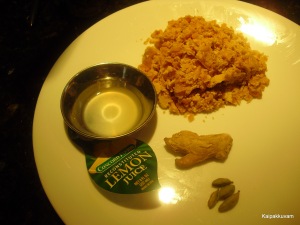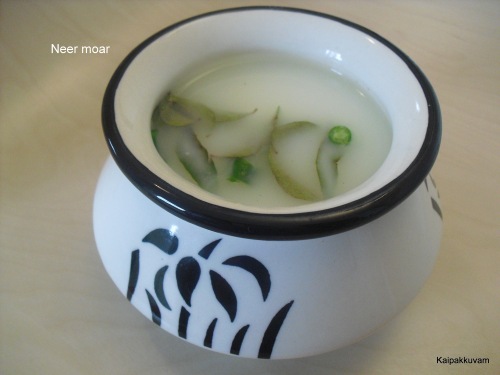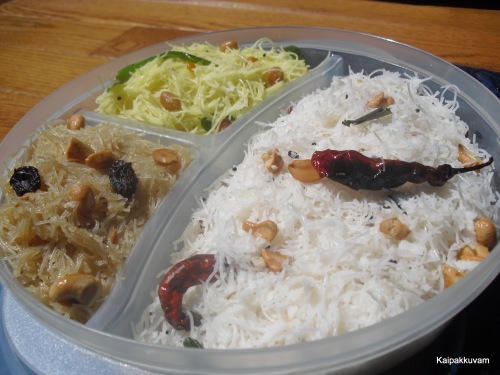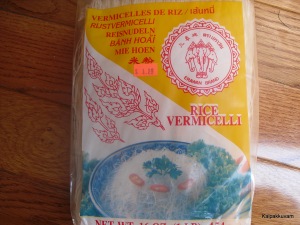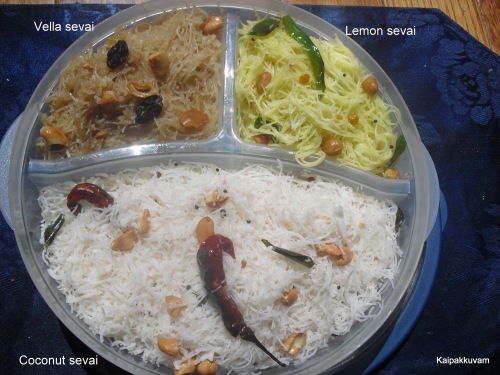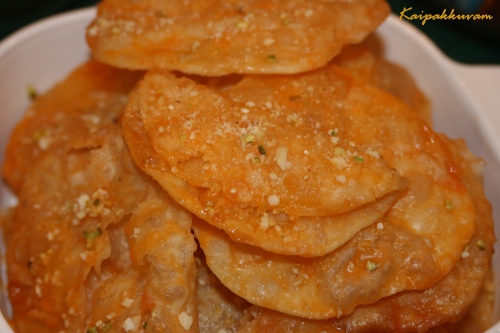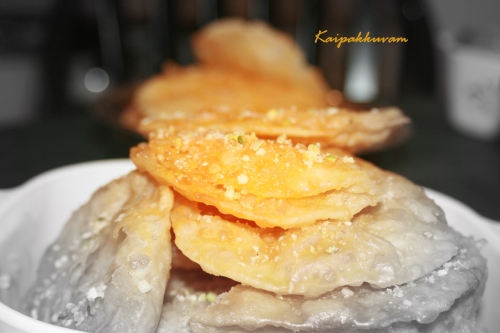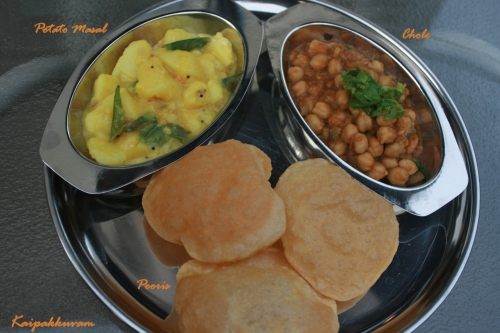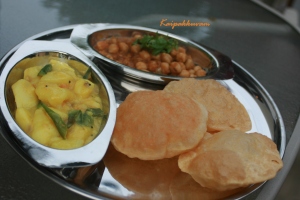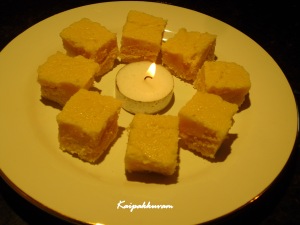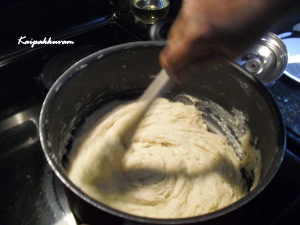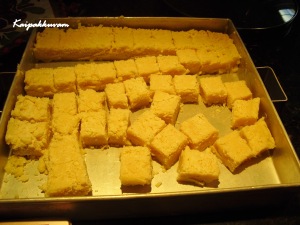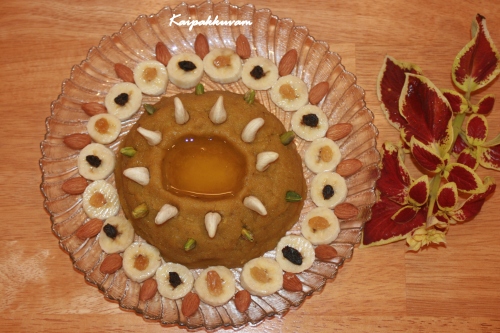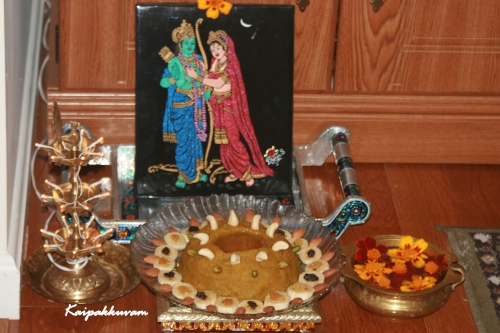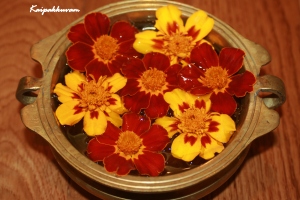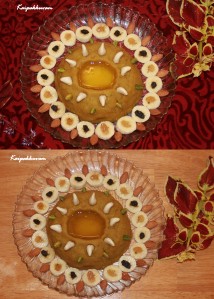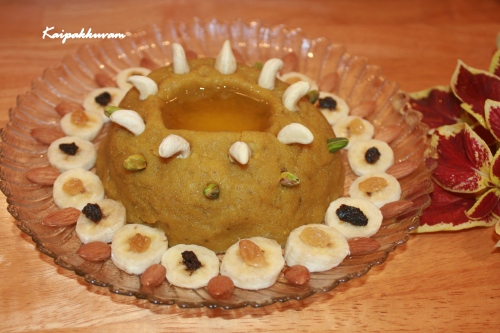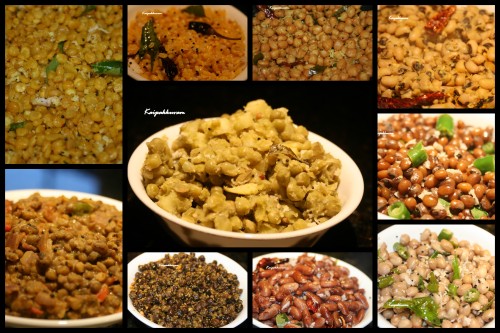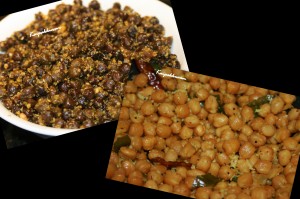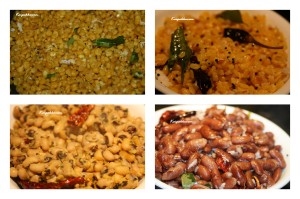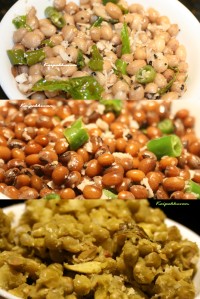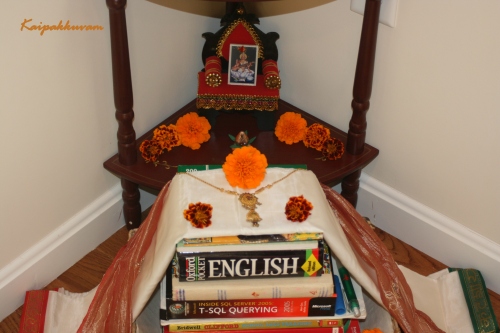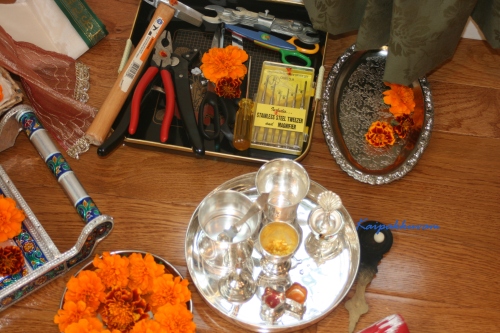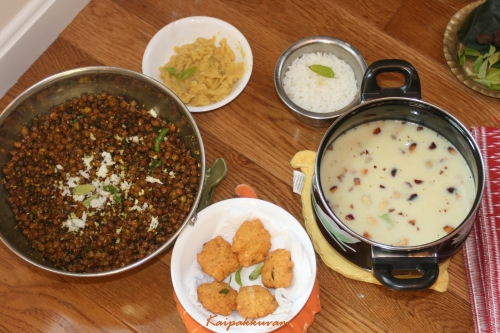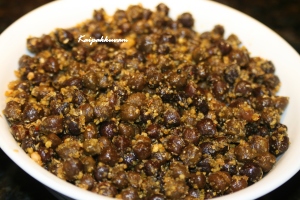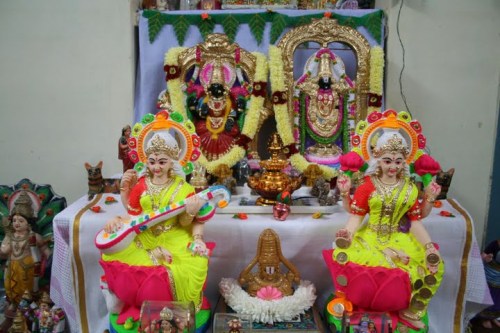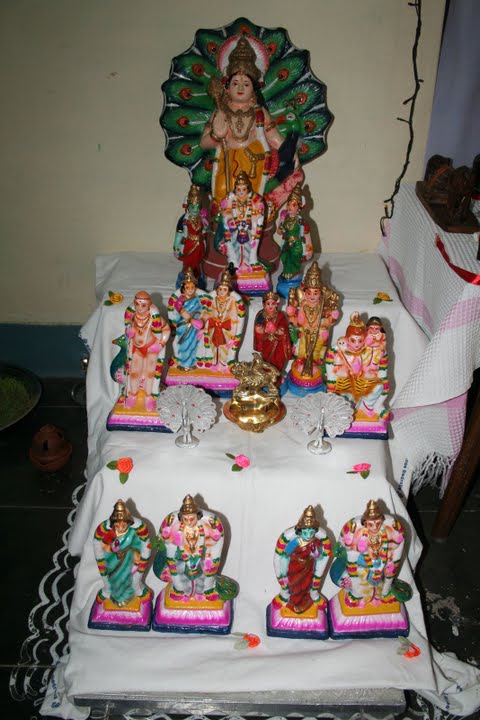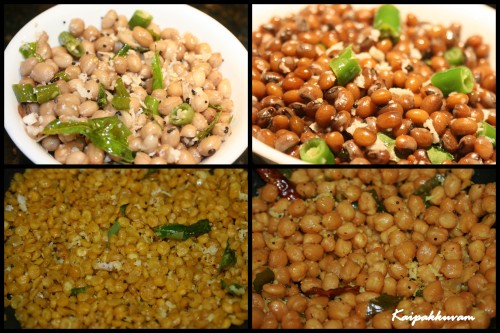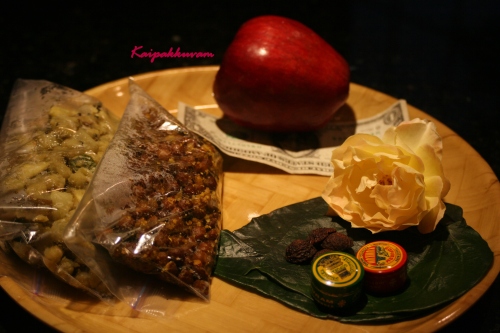What a gratifying day I had. First, Lemme tell you how the day ended.
6 pm:- oil lamps are lit and the home smelt wonderful with the aroma of agarbathi. Sat in front of the shrine on a small mat and opened my Music notebook, sruthi box by my side. Started off singing Saint Thiagaraja’s wonderful compositions. My daughter was sitting next to me.
1. “Nee Dayaradha” in Ragam Vasantha Bhairavi set to Rupaka talam.
2. “Maakelara Vicharamo” in Ravichandrika in Aadi tala.
3. “Ethavunara” in Kalyani-my favorite raga, followed by
4. “Maamava Raghurama” in Saaranga set to Rupaka and kept going full on
5. “Intha soukyamanine” in Kaapi set to Aadi tala
6. “Kaalaharana Mela” in Suddha Saveri/Rupaka
7. “Seethamma Maayamma” in Vasantha
8. “Brochevaarevare Raghupathe” in Sriranjani.
9. “Ramanuku mannan mudi”- a tamil composition by Arunachalakavi in Hindolam
Was not satisfied yet. 9 doesn’t seem to be a good number. My husband got super excited and wanted to do his share of promoting my singing. He played Pancharatna kritis from his ipod, which made me sing a couple of more Thayagaraja’s Gems
10. Sadhinchane – Ragam Aarabhi
11. Jagadananda Karaka – Ragam Naatai
Now, is there a better way to end the day?- yes, by blogging about it !
Now, lemme tell you how the day started. After showering, Kept chanting “Ram” many times and started my “Neivedhya” preparations for the day.
Sri Ramanavami commemorates the birth of Lord Rama– incarnation of Lord Vishnu . Rama was a righteous king who took a human form and was born on earth to fight Evil. He underwent all the sufferings of mankind. Ayodhya- the birth place of Ram would be bustling with joy and festivity during this season. People observe fasts, perform pooja, chant slokas, read Ramayana, sing bhajans and kritis and make special offerings to Sri Ram.
In South India, Paanagam, neer moar and Kosumalli/kosambari is offered to the God, however in NorthIndia, Sabudana kheer and kichidi are done and can be eaten as fasting food.
Paanagam: A deliciously aromatic sweet punch!
- Powdered Jaggery- 1/4 cup.
- Dry ginger- Sukku- 1 tsp.
- Cardamom-4.
- Water- 4 tumblers.
- Lemon juice- 1 tsp.
Method: Dissolve the jaggery in water and strain all the sediments.
Add powdered sukku, cardamom, lemon juice . Mix well, offer it to God and serve chilled!
Neer moar: Neer moar is an amazing thirst quencher and a must during the summer months in india. Just like how we see “Lemonade stands” by kids in the US, most of the street corners would have “Neer moar stands” in earthen pots to keep them chill. It’s a heavenly drink!
Ingredients:
- Curd/yogurt 4-5 tblsp.
- Water- 3-4 glasses.
- salt to taste.
- Ginger scrapes- 1tsp.
- asafoetida a pinch.
- Green chilly cut into pieces-1
- Curry leaves-few
Mix the above ingredients, churn well and serve chilled! a hint of lemon juice can be added.
Kosumalli/Kosambari: Kosumalli is a quick salad that is made with split green gram. It is very healthy and easy to make.
Ingredients:
- Split green gram/pasiparupu- 1 cup
- Salt- to taste.
- lemon juice- 2tsp.
- Cilantro- a fistful.
- Coconut scrapes- 1tsp.
- Cucumber-few slices-optional
- Raw mango pieces-optional
- For Tempering- oil-mustard seeds, urad dhal, asafoetida, green chilly- 2 slit, curry leaves-few.
Method:
- Soak the green gram for 1 hour after thoroughly washing it.
- Add all the above ingredients to the soaked gram.
- Heat oil- 1 tsp and add the ingredients mentioned in tempering. mix well, offer it to GOD and serve it in a plantain leaf.
